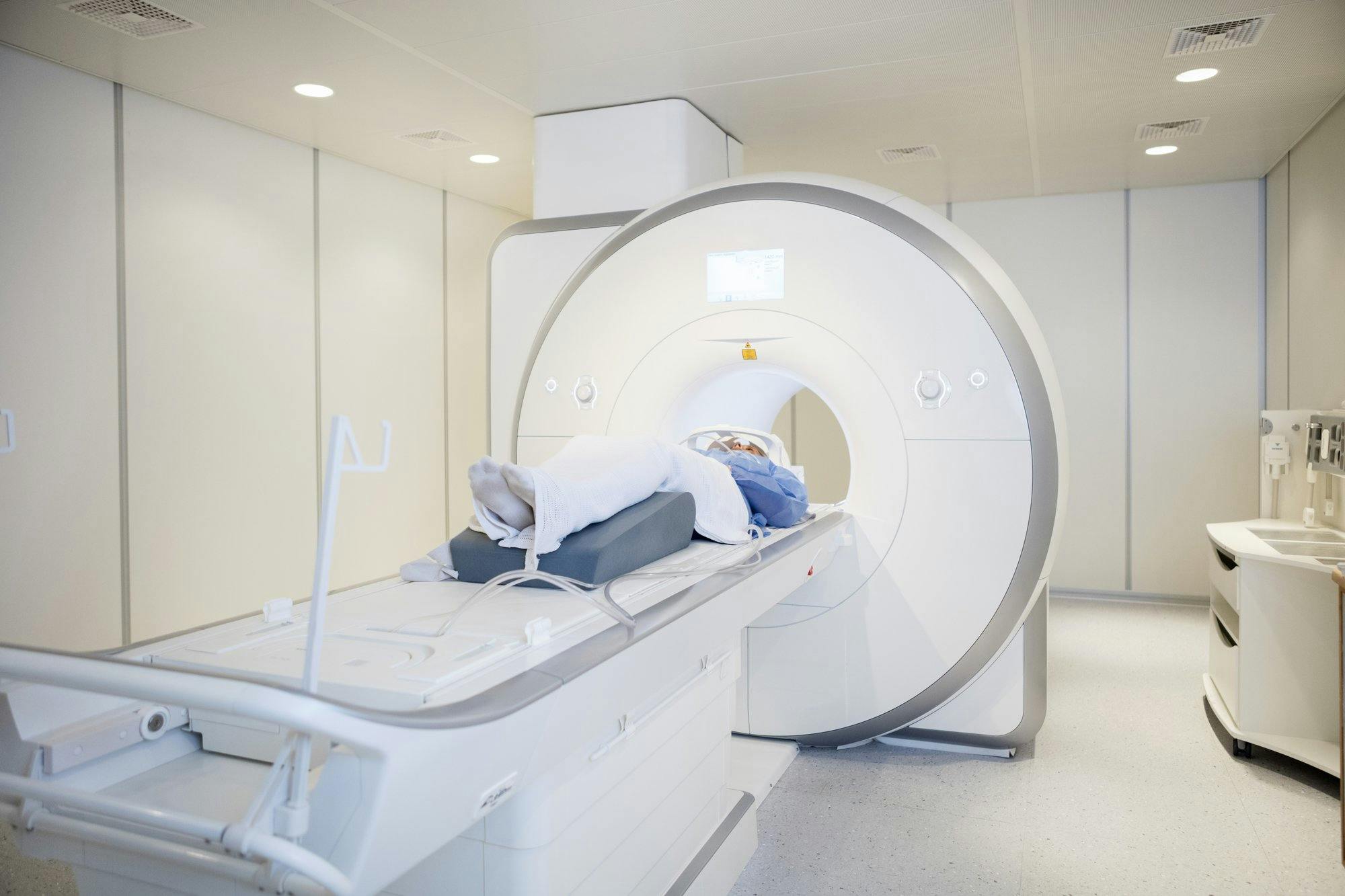
2024-07-12T16:54:51
Sunscreen Travel Tips
- Dermatology
April 25, 2018 | Neurology • Value-Based Care

At least one in seven adults throughout the world have experienced a migraine, according to the World Health Organization. Tension headaches—often described as a tight feeling in the head—are even more common.
Although it is possible for headaches to be caused by a serious, underlying condition like cancer or a neurological impairment, it is rare. People with headaches often turn to MRIs or CT scans of the brain to find that underlying condition, but imaging usually isn’t beneficial.
Imaging tests for headaches are rarely helpful and result in unnecessary healthcare spending. Here are some things to consider:
Imaging is not treatment
CT scans and MRIs can certainly help your doctor get a better look at what’s going on under the skull, but it rarely tells your doctor why you have headaches. Nor does it tell your doctor how to treat them.
Imaging is expensive
MRIs and CT scans can be expensive and, most of the time, the outcome is not worth the expense. If your test is inconclusive, your doctor may order additional tests or procedures that hurt your wallet even more.
According to Healthcare Bluebook, the cost for a CT scan of the brain is between $371 and $2,763, and a brain MRI costs anywhere between $475 to $5,342 in Utah.
Talk to your doctor if you’re experiencing regular, severe headaches. While most symptoms and situations don’t warrant imaging tests, you may need them if:
If your headaches are considered “normal” and you do not have any concerning symptoms, it is not likely that your headache is caused by a serious medical condition.
Before resorting to a CT scan or MRI to diagnose and find a way to treat your headaches, talk with your doctor and see if you respond well to less-expensive treatment options.
Medications
Simple, over-the-counter pain relieving medications like Aspirin, ibuprofen or even those specifically geared toward migraine treatment, like Excedrin Migraine, can be helpful in treating mild-to-moderate headaches. Be sure to avoid prolonged use of these medications, as they can lead to ulcers, gastrointestinal bleeding and medication-overuse headaches.
Your doctor may also recommend certain prescription medications like antidepressants, beta blockers, triptans, anticonvulsants and others depending on your symptoms and needs.
At-home remedies
While one remedy might not work for everybody, there are several at-home methods to relieve your headaches, including:
Botox
Most people think of Botox as a wrinkle cure-all, but Botox is also an FDA-approved method for treating chronic migraines in adults. Botox works by preventing your nerves from transmitting pain signals. Treatment lasts for approximately three months, but it can take several treatments to see the full effect.
Non-traditional methods
Research has shown that several non-traditional methods may be useful in relieving some symptoms of tension headaches and migraines. However, you should never start a treatment without first consulting with your doctor. Some of these methods include:
If you suffer from frequent headaches and can’t find relief, don’t hesitate to contact your primary care doctor. In most cases, you won’t need any imaging tests to diagnose your condition, but your doctor can refer you to a specialist if s/he notices anything abnormal.
Resources:
“Imaging Tests for Headaches.” Choosing Wisely.
http://www.choosingwisely.org/patient-resources/imaging-tests-for-headaches/
“Most Headache-Related Brain Scans Aren’t Needed.” Harvard Medical School.
https://www.health.harvard.edu/blog/headache-related-brain-scans-arent-needed-20140319708
“Spotlight on: Headache, MRI and Brain Imaging.” American Migraine Foundation.
“Headache Remedies to Help You Feel Better.” Harvard Medical School.
https://www.health.harvard.edu/staying-healthy/headache-remedies-to-help-you-feel-better
“Migraine.” Mayo Clinic.
https://www.mayoclinic.org/diseases-conditions/migraine-headache/diagnosis-treatment/drc-20360207
“Botox for Migraine.” American Migraine Foundation.
https://americanmigrainefoundation.org/understanding-migraine/botox-for-migraine/
WRITTEN BY:
The Live Better Team


2024-07-12T16:54:51

2024-07-02T11:42:04

2024-07-01T13:49:28

2024-06-21T14:29:51
This information is not intended to replace the advice of a medical professional. You should always consult your doctor before making decisions about your health.